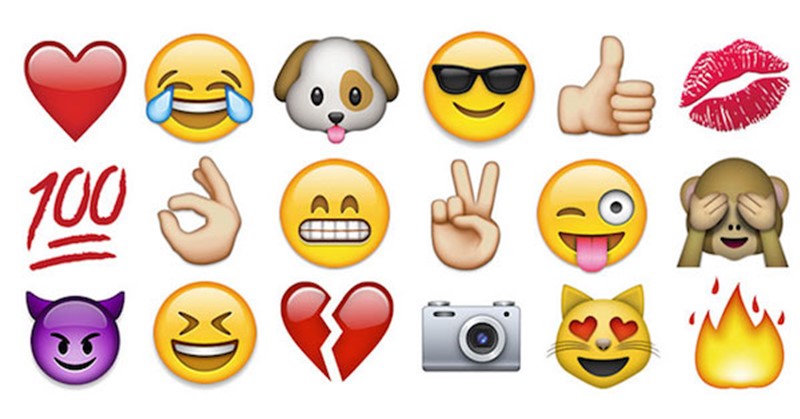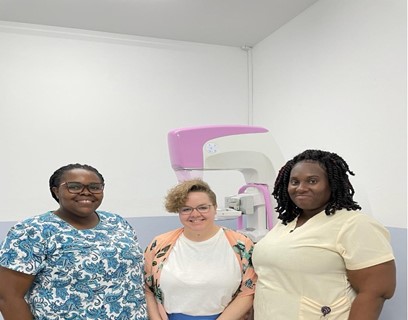
Currently, original emoji collections are an exclusive playground for celebrities such as Kim Kardashian, Justin Bieber, and Blac Chyna, who have the funds to hire top artists and the star clout to charge users for the final product.
But what if there were a way for artists to get their own sticker and emoji art into billions of hands, without the need for celebrity status or funds? What if this unleashed tens of thousands of diverse emoji—allowing users to freely express themsleves through every kind of emotion? With Apple's iMessage launching an App Store for stickers and emojis in September, the impossible just became possible.
According to MojiLaLa CEO Dana Loberg, an expert on the future of the emoji economy, the next-generation emoji and sticker marketplace will directly connect artists and users in a symbiotic relationship—artists will deliver their work simply, quickly, automatically, and completely free of charge, while users will have an endless supply of emoji at their fingertips.
Consider that MojiLaLa [www.mojilala.com] can already do the following:
1. Monetize emoji distribution by sharing 50% of emoji sales profits with artists
2. Compile vast collections of original emoji and stickers on trending topics
3. Help artists build iMessage sticker apps without writing any code
1. How will the App Store for stickers in Apple's iMessage impact the way artists market their work?
2. What caused emoji to transition from a niche market in Japan to a mass, multi-billion dollar industry in the USA?
3. How will the use of emoji change the way we communicate?
2. Compile vast collections of original emoji and stickers on trending topics
3. Help artists build iMessage sticker apps without writing any code
The emoji economy is sparking a conversation around several thought-provoking questions:
1. How will the App Store for stickers in Apple's iMessage impact the way artists market their work?
2. What caused emoji to transition from a niche market in Japan to a mass, multi-billion dollar industry in the USA?
3. How will the use of emoji change the way we communicate?
>> MOJILALA APP IN ITUNES STORE
https://itunes.apple.com/us/app/mojilala-unlimited-10000+/id1153431461?mt=8&_branch_match_id=330086226552632261
https://itunes.apple.com/us/


